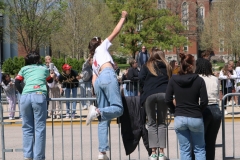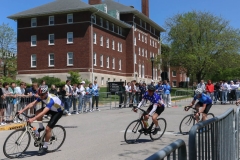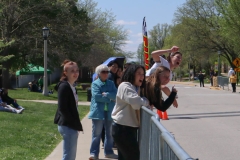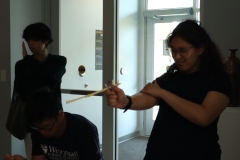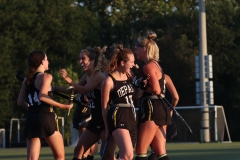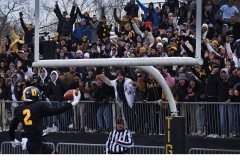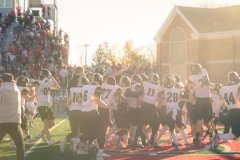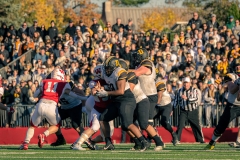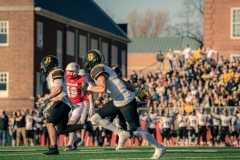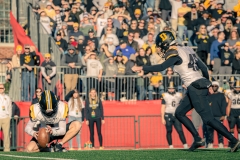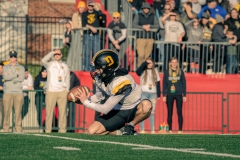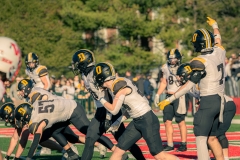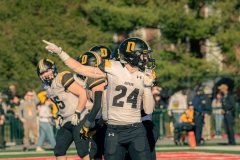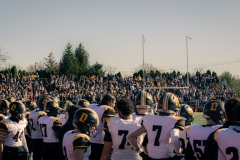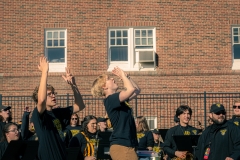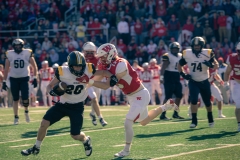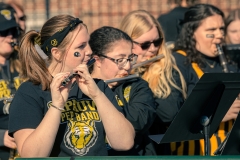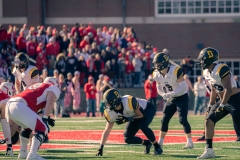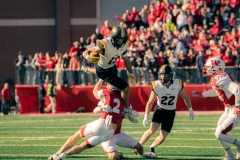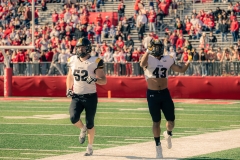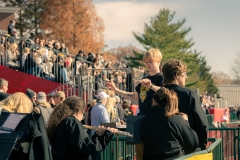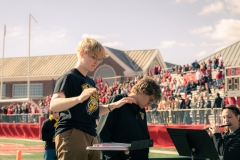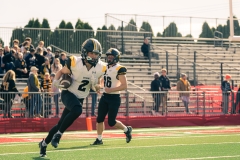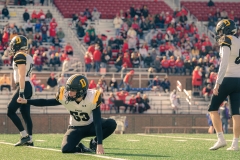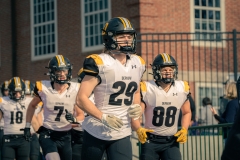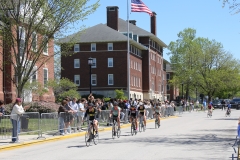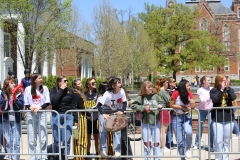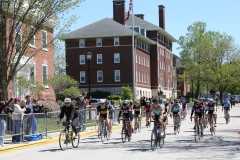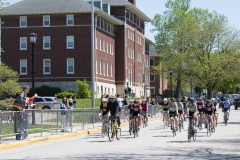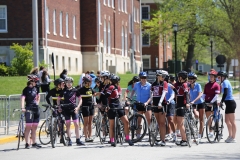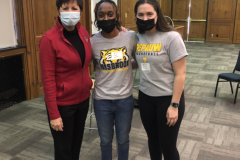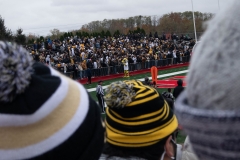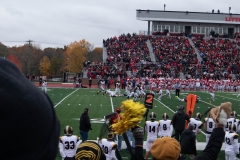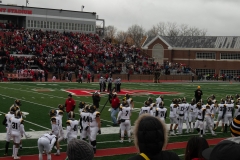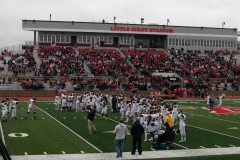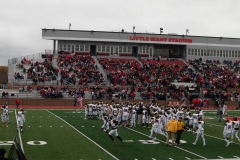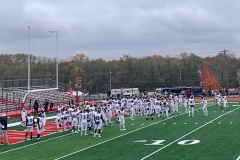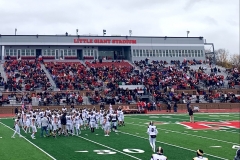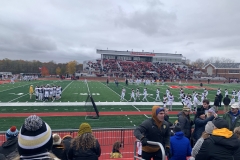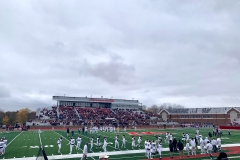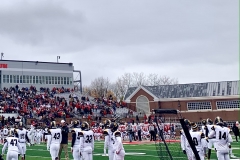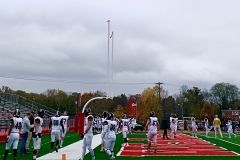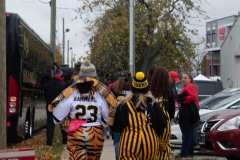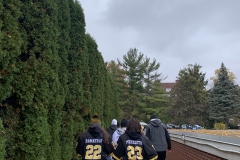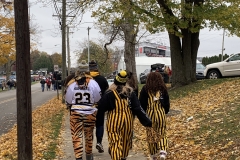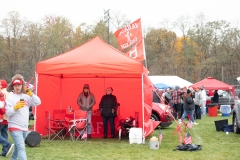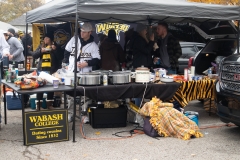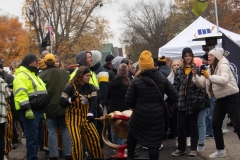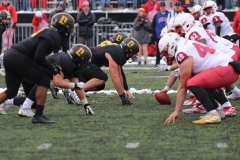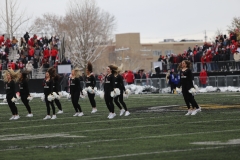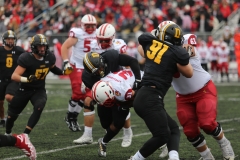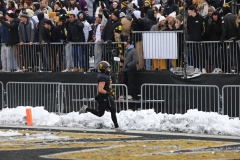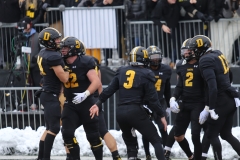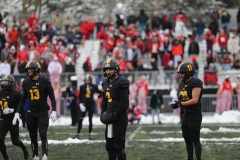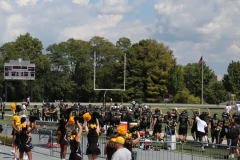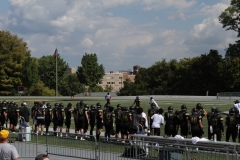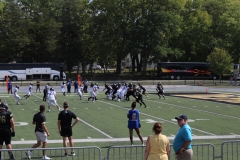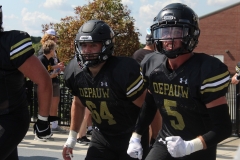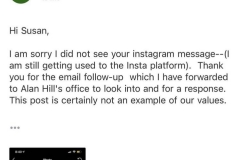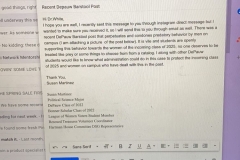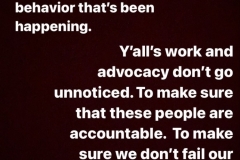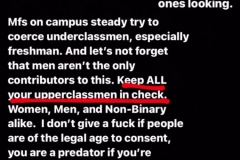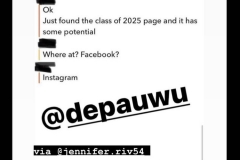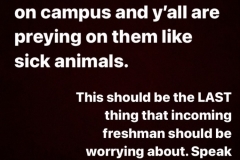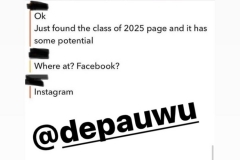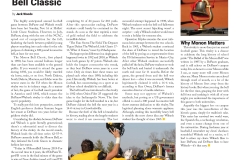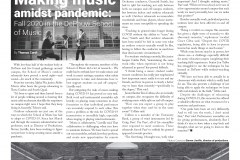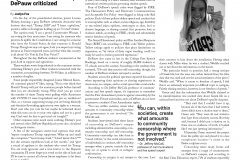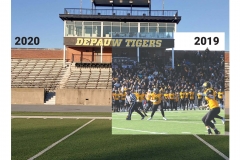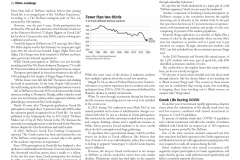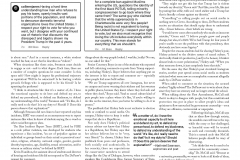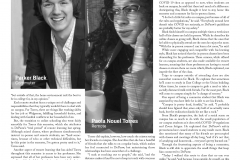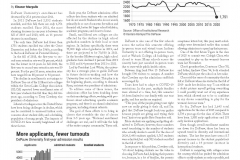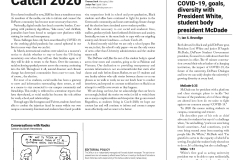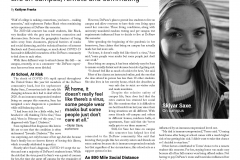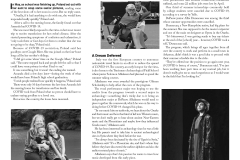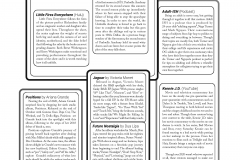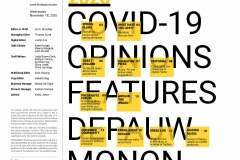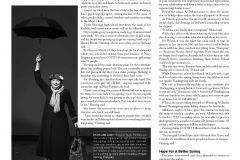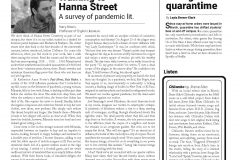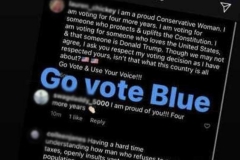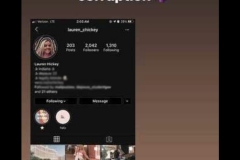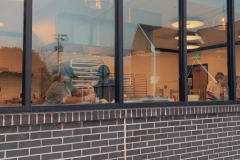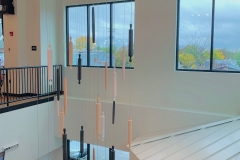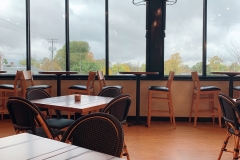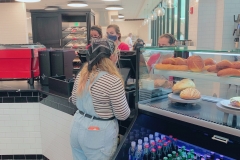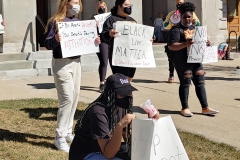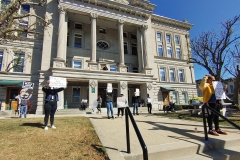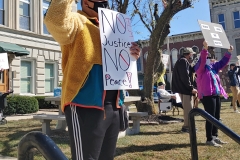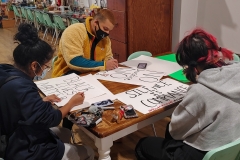DePauw's Emergency Management to promptly notify and warn the campus.
Sometimes this system can become confusing, especially for freshman students like Molly Wilder.
"I haven't been informed about the details of the emergency alert system," Wilder said.
Wilder expressed surprise and concern about her lack of understanding of the process.
Without expanded explanation about how the system works, questions remain about the purpose of the system and what emergencies are considered worthy of notification.
As defined by Emergency Management Coordinator and Public Safety Officer Doug Cox, the basic goal of the system, which started in 2005, is to alert the campus about "anything that threatened a portion of, or the entire campus," ranging from severe weather to violence.
To inform the campus about these dangers, Public Safety contacts the campus community through multiple mediums.
"We realize that people aren't going to have their cell phones on in class all the time," Cox said. "They're not going to have their laptops open all the time. So our goal is to create multiple layers of notification."
The main sources of communication, which occur through text messages and email, are supplemented by phone trees within academic departments and the student media, especially the radio station WGRE 91.5.
Students are immediately signed up for the text service upon registration and 221 faculty and staff members have opted to receive the texts. Email alerts are sent to all DePauw email addresses.
In addition to these mediums, the recently installed tornado siren atop the Julian Science and Mathematics Center, the Public Safety Office's web page and, when necessary, a scrolling banner across the DePauw University homepage offer sources for notification.
DePauw has just contracted with broadcast alerting provider Rave Alert as the new automatic system and hopes to go live with the program within the next week.
"The reason we choose Rave Alert was to have a more timely proprietary control over the system," Cox said.
Rave Alert, the Putnam County 911 Center, the National Weather Service and the Public Safety Office will combine efforts to provide the short message service (SMS) such as with weather alerts.
Email alerts will continue to be sent out manually, but using templates to keep the process efficient.
Some students, such as sophomore Abby Prine, hope to see an improvement in email alerts.
"I think the texts are more effective," Prine said. "I usually don't get the email until an hour after the ‘crisis.' It could be a little more effective if they worked on being more prompt with the emails."
Sophomore Kristin Otto also said she finds the text messages more effective than emails because, while she checks her email frequently, she knows other students do not.
According to Angie Nally, director of Public Safety, the difference between the texts and emails are intentional and necessary for differentiating between hazards.
"We have the two layers," Nally said. "The emergency notification is [for] an imminent threat to the safety of the students. So that would be a text message and an email and all other means of communication. If we're going to send a timely warning, I don't send a text. I would still use email and send information to the student media and post it on our website. The difference is the immediate threat versus some information you need to know."
The text messages are for immediate emergencies, while the emails are used as warnings for lower level threats.
Last January's ice storm, for example, was classified as a lower level threat. The email system was used to communicate with students about the weather conditions and the cancelling of classes.
But more important than the means to send the information, Nally said, is the information itself.
Some students said they feel the notifications can be inconsistent. Nally mentioned that a number of students have approached her about a recent murder in Greencastle, inquiring why they had not received an alert about the incident.
"One time [I received] an email — no text, just an email — about a gunman that was spotted not on campus, but still near campus," Otto said. "I feel like we should have known about this
a little more, considering all of the college shootings that have happened."Freshman Audrey Findlay said she finds the alert system a little sporadic.
"I like when we do get updates, but I feel like we don't get updates on everything," she said.
In regards to the recent murder, Nally said she understands the unease and discussed the issue at the Student Congress meeting on Sept. 18.
At the meeting, Nally explained that she was not sent any details of the crime until two days after the event. Additionally, the case was not ruled a homicide until three days after the initial assault and the event took place on the outskirts of Greencastle. Past criminal alerts were sent out because the events either did or could take place on campus, whereas this event was not deemed as threatening.
Despite the latest confusion, Nally remains very grateful of student involvement.
"I think having a working relationship with our students is very valuable," she said. "And I'm very appreciative that we can have an open dialogue and conversation about expectations and have mutual respect for each other … I appreciate the students I've talked to about the system. I appreciate the questions. And I appreciate the opportunity to talk to the senators."
Public Safety is continually trying to improve its system to create awareness, Cox said.
"The more it is in our everyday dialogue, the more it helps to alleviate confusion and understand the system better," he said.
To eliminate confusion, Nally is considering classifying the alerts as red or yellow to differentiate between the different levels of alerts.
Contracting with Rave Alert was part of Public Safety's efforts to improve promptness, and the office is also looking into creating Facebook and Twitter accounts.
"Technology is ever changing," Cox said. "It is a necessary process of continually benchmarking and training and staying up to date."
Additionally, the office hopes the student media will provide another strong source of information.
"Anything that helps raise student's awareness of their personal safety is all good for me," Nally said. "We're always trying to make sure we're doing the best we can and that the system is as automated as it can be, because moments count."
|
Proposed alert system 1. "Red Alert" via Rave Mobile Safety: "DePauw RED ALERT: Uncontained Fire in Union Building, Evacuate surrounding areas." *Note: this type of high priority alert would utilize and be broadcast over all layers of emergency notification (i.e. Rave Text, email, WGRE 91.5, website scrolling banner, etc.) 2. "Yellow Alert," lesser priority Timely Warning: "DePauw YELLOW ALERT: Campus parking lots are experiencing an increased number of vehicle break-ins and vandalism. Please remove valuables from vehicles and promptly report all suspicious activity to Public Safety 765-658-4261 , or 911 in the event of an emergency." *Note: This type of "Timely Warning" would be issued via email and campus media outlets. 3. From the Putnam County 911 Center: "Putnam County 9-1-1 (Hyper-Reach) Tornado potential from the Putnam County emergency operations center: potential tornado conditions exist in your area. Please be attentive to changing weather." *Note: This type of emergency notification would be issued by the Putnam County 911 Center and impact both the Greencastle and greater Putnam County area. |




